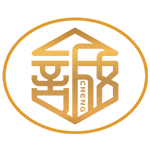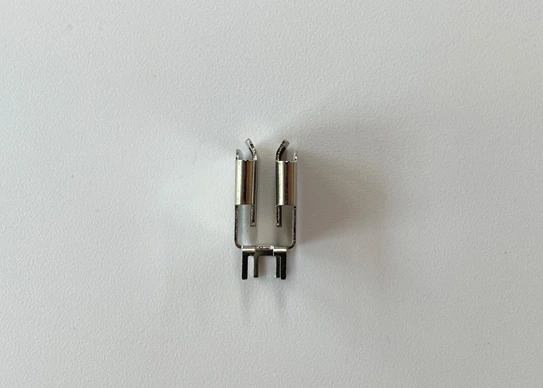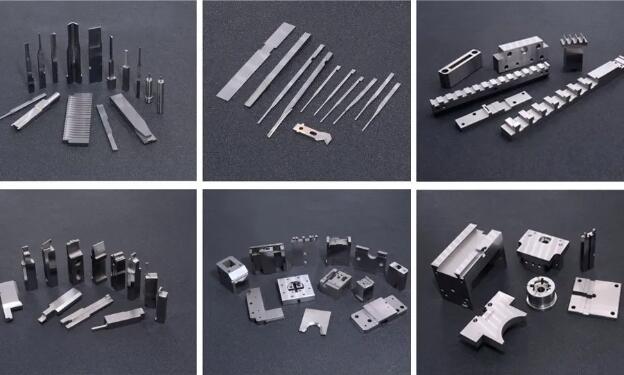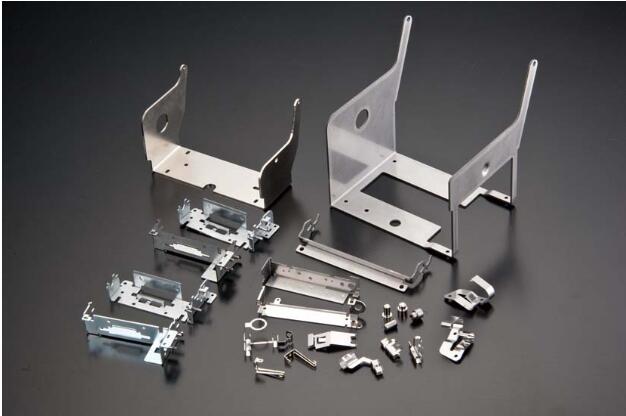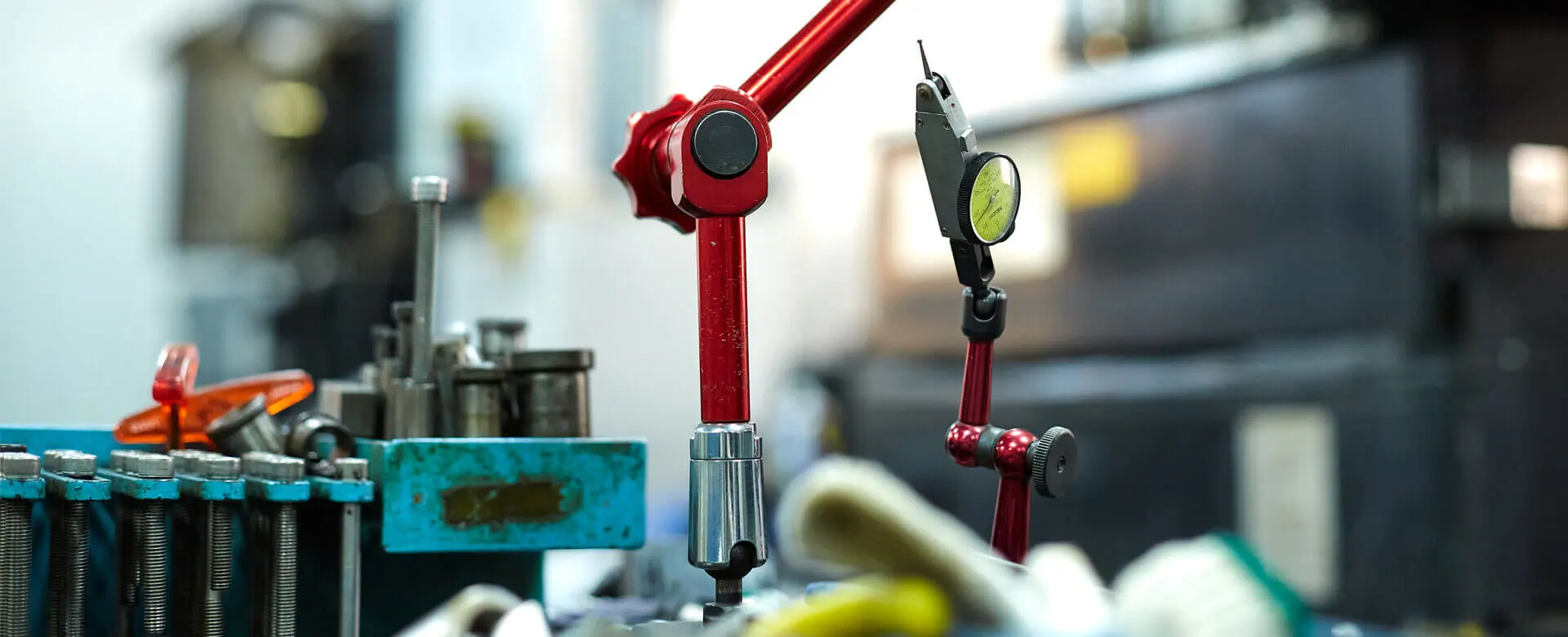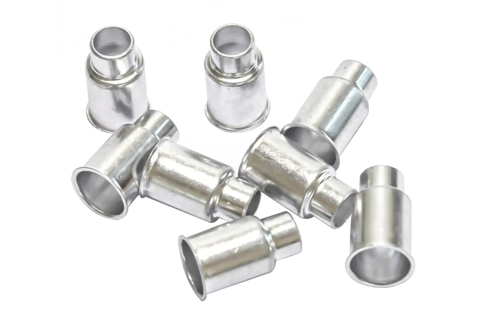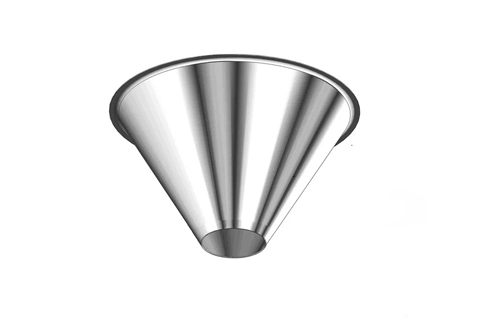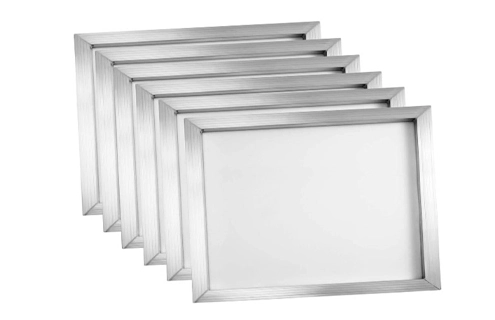
We make precision metal stamping parts through different types of stamping processes. The applicable type is dictated depending on the advantages and application required.
Precision Metal Stamping-Blanking
Blanking in sheet metal is used to cut a specific shape from the sheet and turn it into a flat part. It's the most basic stamping process that makes the fundamental metal blank.
Precision Metal Stamping-Punching
Similar to blanking, but a sheet metal punching machine doesn’t remove the entire shape. A sheet metal punch only creates a hole or opening to make slots.
Precision Metal Stamping-Bending
Custom sheet metal bending uses a die to bend the sheet metal to an angle or shape to create flanges, brackets, and channels.
Precision Metal Stamping-Deep Drawing
Metal drawing stretches the sheet metal into a desired shape to create cups, cylinders, and other deep, hollow components.
Precision Metal Stamping-Coining
Engraving metal or coining creates a design or pattern on the sheet metal without changing its thickness. With coining, we make logos, markings, and decorative elements.
Precision Metal Stamping-Embossing
This is the opposite of coining. Embossing the part makes it rise from the surface of the sheet metal.
Progressive Die Stamping
Progressive die drawing takes a single die and blanks, punches, bends and forms them on a single sheet.
Four-Slide Stamping
This technique has a machine with four slides forming the sheet metal from different directions.
Precision Metal Stamping-Hydroforming
Hydroforming stamps the sheets with high-pressure water to form unique parts.
Conduct with JCL to know what technique is best for your stamped components

